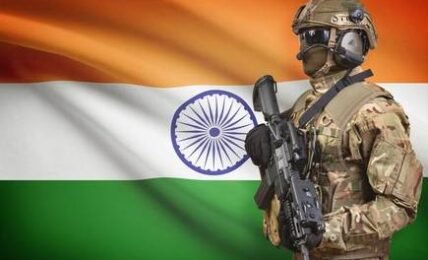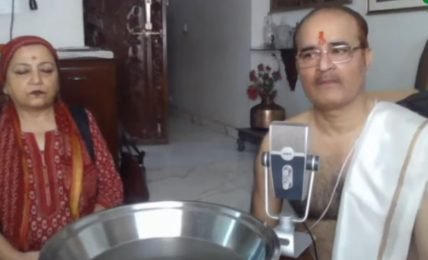Sanskrit: A medium to reunite India and re-establish it as Vishwaguru
The knowledge that our Vedas contains is being explored by people of Western countries and our knowledge is returning to us in a new format with the Western label. The irony is our education system never allowed us to read Vedas; and we were told that everything is discovered by Western people.




